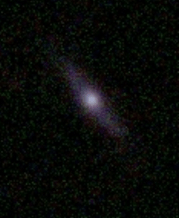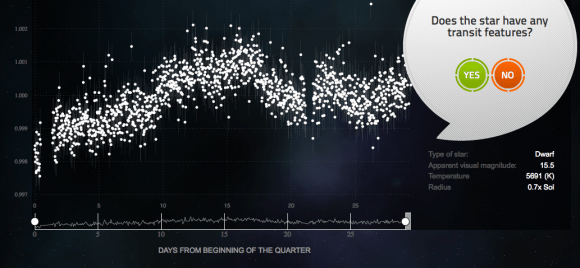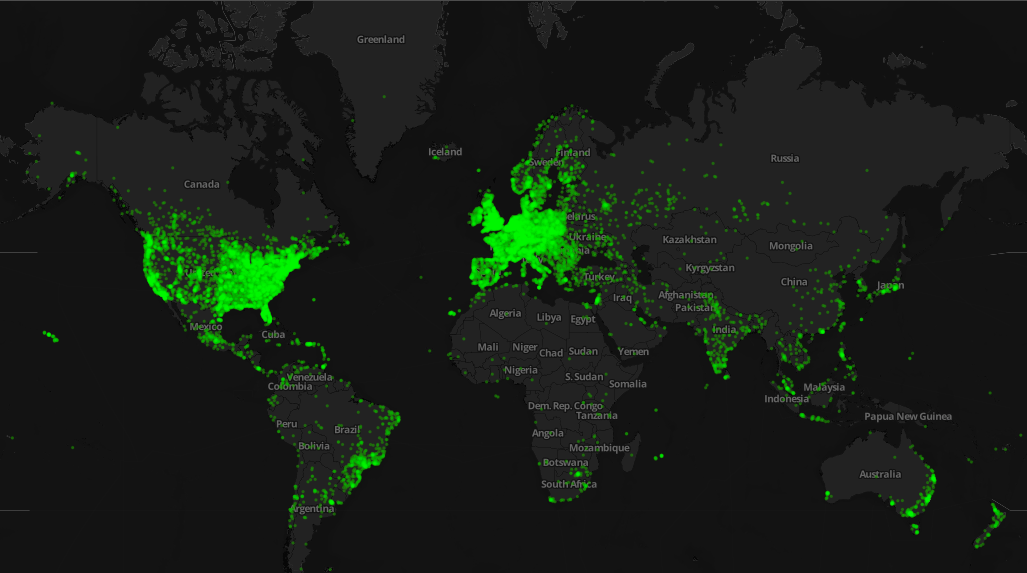Zooniverse — the renowned home of citizen science projects — is now one million strong. That’s one million registered volunteers since the project began less than seven years ago.
It all began when Galaxy Zoo launched in July 2007. The initial response to this project was overwhelming. Since then the Zooniverse team has created almost 30 citizen science projects ranging from astronomy to zoology.
“We are constantly amazed by the effort that the community puts into our projects,” said the Zooniverse team in an email regarding the news late last week.
Many projects have produced unique scientific results, ranging from individual discoveries to classifications that rely on input from thousands of volunteers. As of today there are 60+ papers listed on the websites publications page, many of which have made the news.
In the first two weeks after Galaxy Zoo’s launch, registered citizen scientists classified more than a million galaxies. Each volunteer was presented with an image from the Sloan Digital Sky Survey and asked to classifiy the galaxy as belonging to one of six categories: elliptical, clockwise spiral, anticlockwise spiral, edge-on, merger, or unsure.

But citizen scientists weren’t simply labeling galaxies, they were helping astronomers to answer crucial questions and raise new ones about our current understandings of galaxy evolution. One significant finding showed that bar-shaped features in spiral galaxies has doubled over the latter half of the history of the Universe. This confirms that bars signify maturity in spiral galaxies and play an important role in shutting down star formation.
Another finding downplayed the importance of collisions in forming supermassive black holes. Citizen scientists found 13 bulgeless galaxies — suggesting they had never experienced a major collision — with supermassive black holes, nonetheless. All healthy black holes, with masses at least millions of times that of the Sun, must have grown through less dramatic processes.
Planet Hunters — a citizen science project developed in 2010 — has also seen wide success. Ordinary citizens examine the Kepler Space Telescope’s light curves of stars and flag any slight dips in brightness that might indicate a planet crossing in front of the star. Many eyes examine each light curve, allowing some to cross check others.

In roughly three years, citizen scientists examined more than 19 million Kepler light curves. Contrary to what many astronomers expected, ordinary citizens were able to spot transiting objects that many computer algorithms missed.
In 2012, Planet Hunter volunteers, Kian Jek and Robert Gagliano discovered an exoplanet in a four-star system. The Neptune-size planet, labeled “Planet Hunters 1” (PH1), orbits its two parent stars every 138 days. A second pair of stars, approximately 90 billion miles away, are also gravitationally bound to the system. This wacky system was later confirmed by professional astronomers.
In 2013, Planet Hunter volunteers discovered yet another planet candidate, which, if confirmed, would make a known six-planet system really the first seven-planet system. The five innermost planets are smaller than Neptune, while the two outer planets are gas giants. All orbit within Earth’s orbit around the Sun.
These are only a few of Zooniverse’s citizen science projects. Others allow ordinary citizens to help analyze how whales communicate with one another, study the lives of the ancient Greeks, and even look at real life cancer data. So join today and become number one million and one.
Zooniverse is produced by the Citizen Science Alliance, which works with many academic and other partners worldwide.

